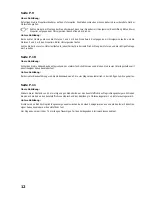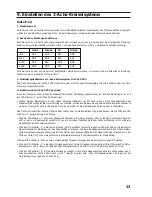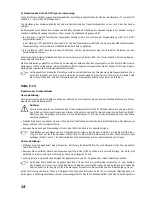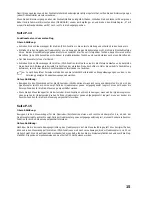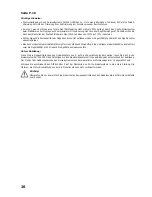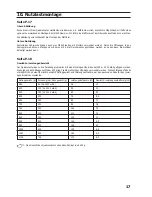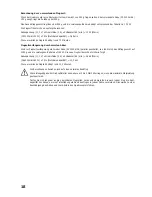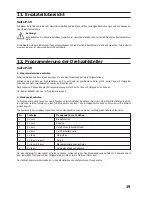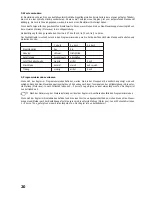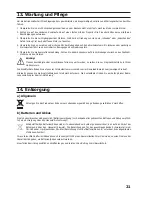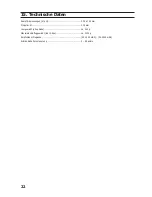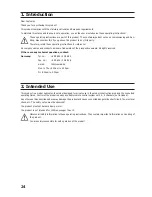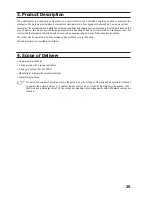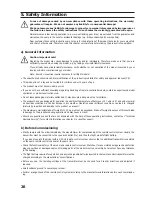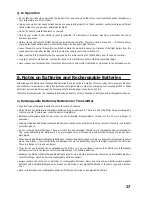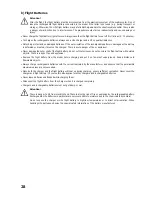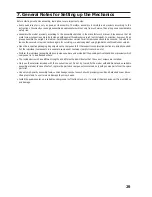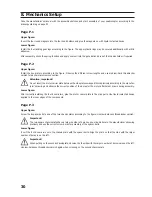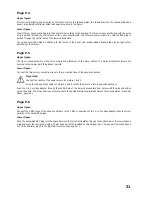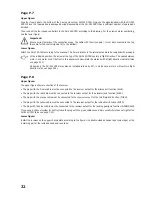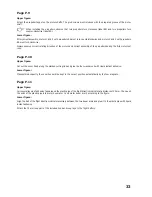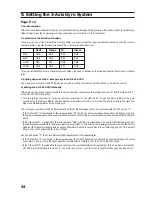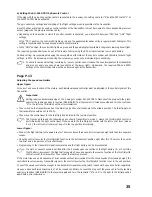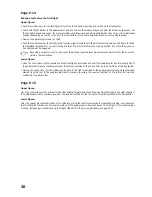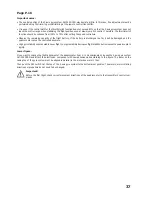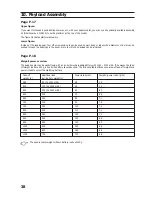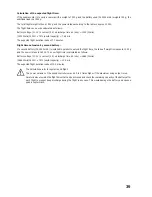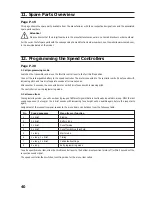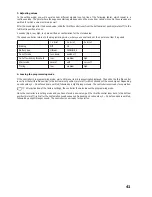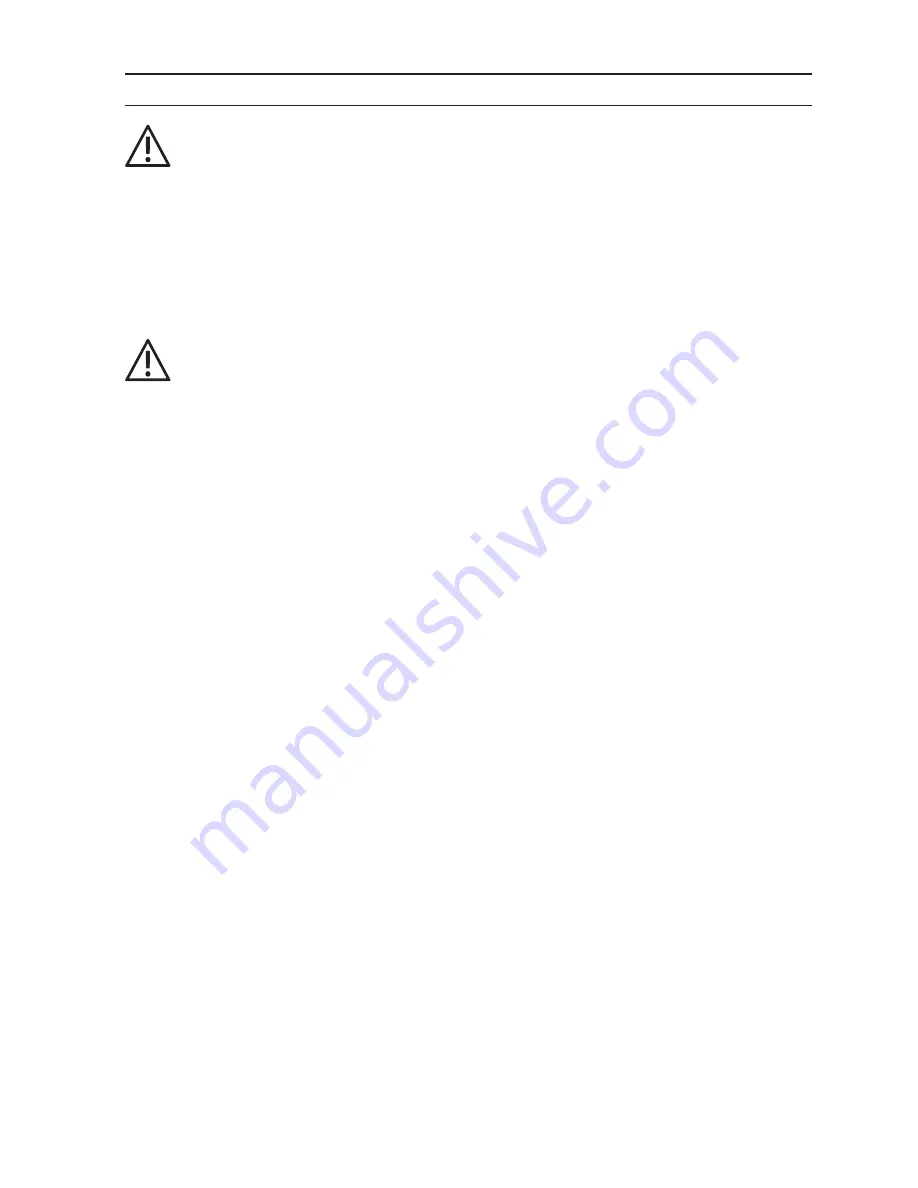
26
5. Safety Information
In case of damage caused by non-compliance with these operating instructions, the warranty/
guarantee will expire. We do not assume any liability for consequential damage!
We do not assume any liability for damage to property or personal injury caused by improper use or
the failure to observe the safety instructions! In such cases the warranty/guarantee will expire.
Normal wear and tear during operation (e.g. worn-out landing gear tyres) are excluded from the guarantee and
warrantee, the same is the case for accidental damage (e.g. broken chassis parts or propellers).
Dear customer, these safety instructions are not only for the protection of the product but also for your own safety
and that of other people. Therefore, read this chapter very carefully before taking the product into operation!
a) General Information
Caution, important note!
Operating the model may cause damage to property and/or individuals. Therefore, make sure that you are
sufficiently insured when using the model, e.g. by taking out private liability insurance.
If you already have private liability insurance, verify whether or not operation of the model is covered by your
insurance before commissioning your model.
Note: Some EU countries require insurance for all flight models!
• The unauthorized conversion and/or modification of the product is prohibited for safety and approval reasons (CE).
• This product is not a toy and not suitable for children under 14 years of age.
• The product must not become damp or wet.
• If you do not have sufficient knowledge regarding handling of remote-controlled models, contact an experienced model
sportsman or model construction club.
• Do not leave packaging material unattended. It may become a dangerous toy for children.
• The product has been designed for operation in an ambient temperature of b10 ? und +40 ? and under normal
air humidity conditions in Central Europe in dry weather. Operation under different conditions can lead to changed
(material) properties and damage to the product as a result!
• The maximum permissible take-off weight of 1,100 g must not be exceeded. A take-off weight in excess of this could lead
to damage to the propellers during operation and may cause a crash!
• Should any questions arise that are not answered with the help of these operating instructions, contact our “Technical
Advisory Service” (for contact information see chapter 1) or another expert.
b) Before Commissioning
• Strictly comply with the order indicated by the manufacturer for commissioning of the remote control system. Usually, the
transmitter must be connected to the speed controller first, and then the flight model’s flight battery.
If you do not operate the model with a 2.4 GHz remote control system, observe that no additional transmitter is operated
on the same remote control channel at the same time.
• Check the functional safety of the model and remote control system. Watch out for any visible damage such as defective
plug connections or damaged cables. All moving parts at the model must run smoothly but must not have any tolerance
in the bearing.
• The flight battery required for operation and any rechargeable batteries inserted in the remote control transmitter must be
charged according to the manufacturer’s specifications.
• Before any use, the trimming settings at the transmitter must be checked for all control directions and adjusted if
required.
• Select suitable ground to operate your model.
• Perform a range check of the remote control system according to the manufacturer information before each commission-
ing.

